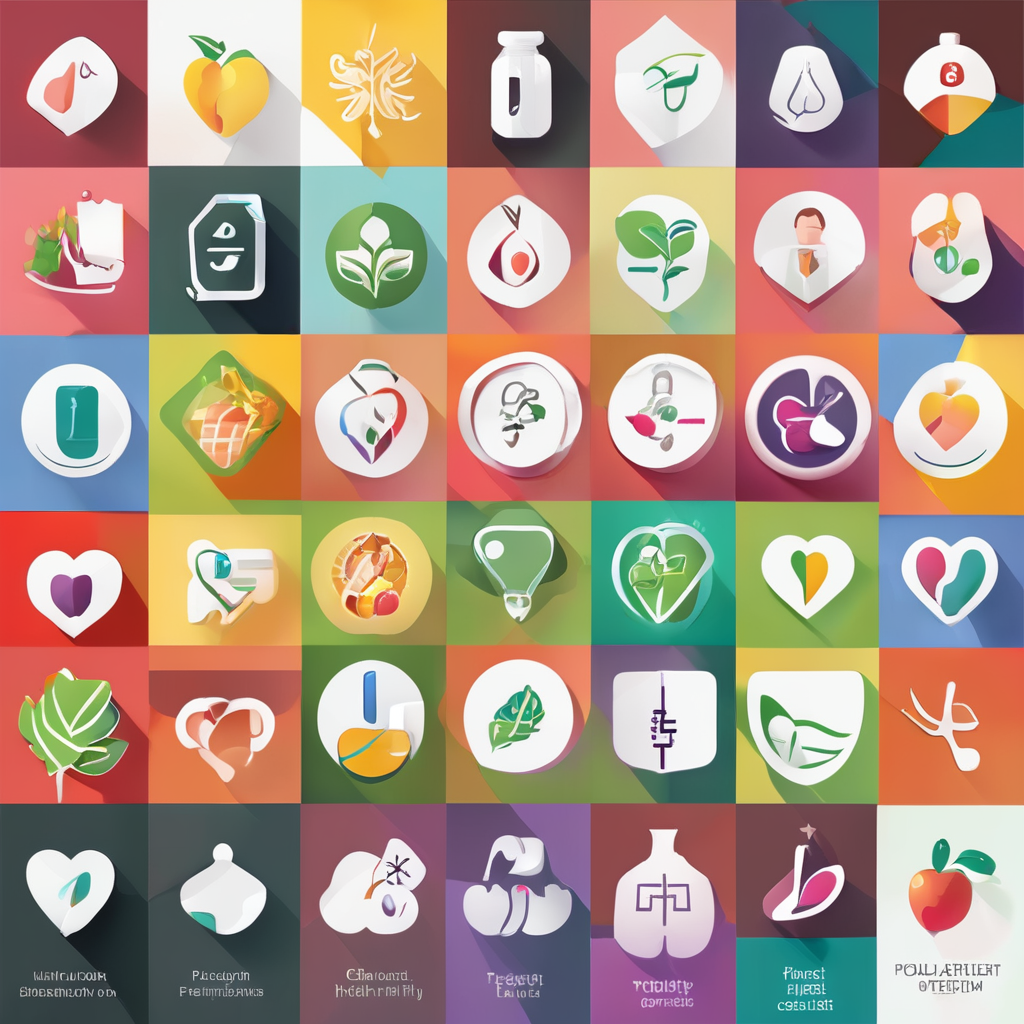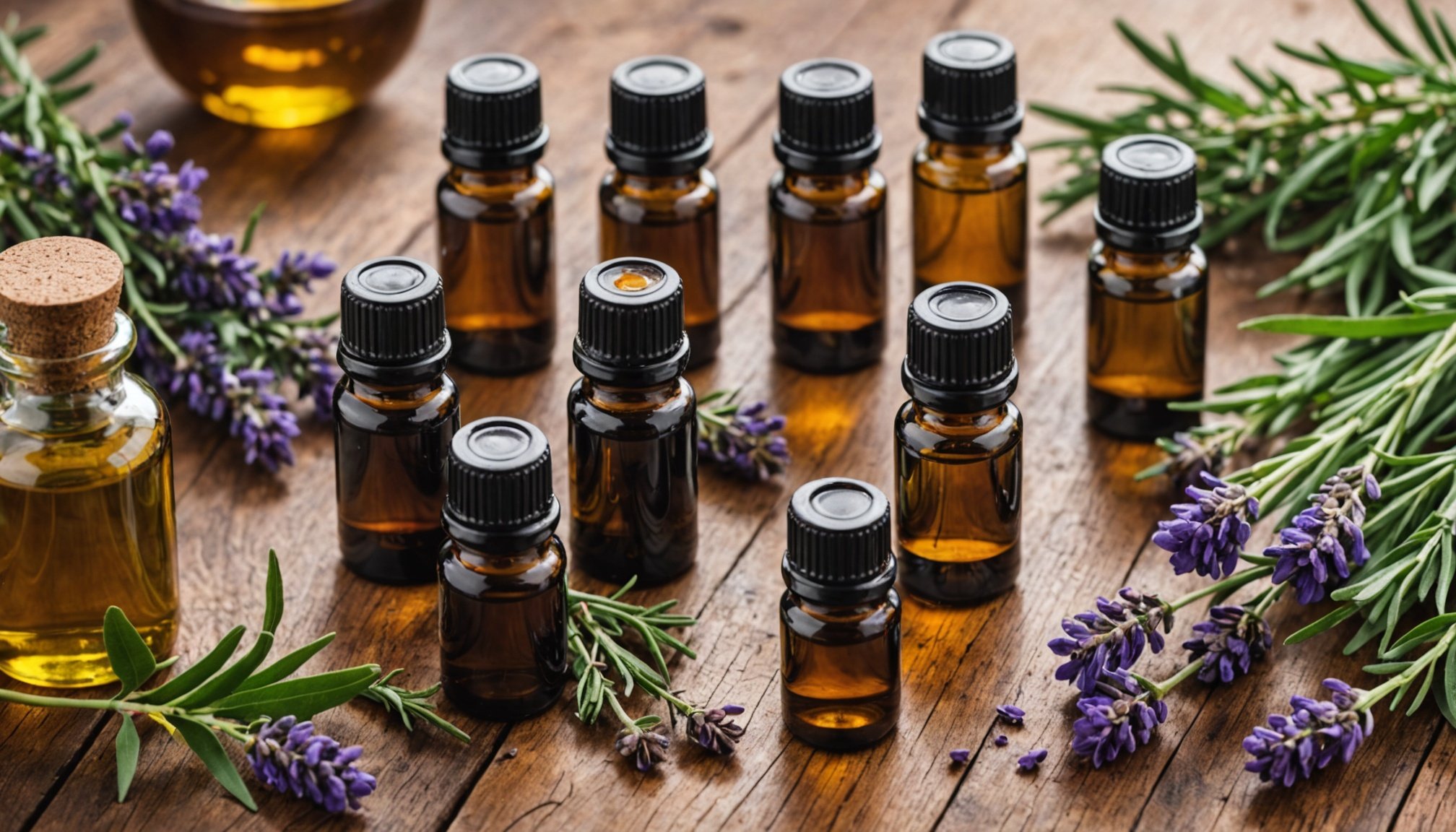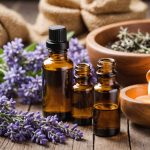Unlocking the Power of Essential Oils: Do They Help Alleviate Seasonal Affective Disorder Symptoms?
As the winter months approach, many people find themselves grappling with the challenges of Seasonal Affective Disorder (SAD), a type of depression that occurs at the same time every year, typically during the winter. While light therapy and vitamins or supplements are common treatments, another natural and holistic approach that has gained significant attention is the use of essential oils. In this article, we will delve into the world of essential oils, exploring how they can help alleviate SAD symptoms and promote overall mental health and well-being.
Understanding Seasonal Affective Disorder
Seasonal Affective Disorder is a type of depression that is linked to the changing seasons. It typically starts in the fall and continues into the winter months when there is less natural sunlight. The lack of sunlight can disrupt the body’s internal clock and reduce the production of serotonin, a neurotransmitter that helps regulate mood.
Also to discover : Unlocking the Power of Cold Showers: Do They Really Enhance Immunity and Alleviate Muscle Pain?
Symptoms of SAD can include feelings of sadness, lethargy, social withdrawal, and an increased appetite for carbohydrates. While light therapy is often recommended to help regulate the body’s internal clock, many people are turning to essential oils as a complementary therapy to help manage their symptoms.
The Healing Power of Essential Oils
Essential oils are concentrated plant extracts that have been used for centuries in various cultures for their healing properties. These oils can be inhaled, applied topically (when diluted with a carrier oil), or used in aromatherapy to promote relaxation, reduce stress, and improve mood.
In the same genre : The Impact of Forest Bathing on Reducing Stress: A Deep Dive into Nature”s Calming Effects
How Essential Oils Work
Essential oils interact with the brain’s limbic system, which is responsible for emotions, mood, and memory. When inhaled, the aromatic compounds in essential oils can rapidly shift emotional states, providing immediate relief from stress and anxiety.
For example, lavender essential oil has been shown to increase sedation and deep sleep, while also reducing anxiety and stress levels. A study published in the International Journal of Psychiatry in Clinical Practice found that lavender oil capsules could help alleviate anxiety and depression without any adverse side effects[1].
Top Essential Oils for Seasonal Affective Disorder
Several essential oils have been identified as particularly beneficial for managing SAD symptoms. Here are some of the top essential oils and their benefits:
Bergamot Oil
Bergamot oil has a citrusy aroma that can uplift and refresh the mind and body. It has been shown to improve mood and reduce anxiety by improving blood circulation and lowering blood pressure. A 2011 study found that a blend of bergamot and lavender oils significantly reduced pulse rate and blood pressure, while also improving emotional states such as calmness and relaxation[1].
Lavender Oil
Lavender oil is renowned for its calming and relaxing properties. It can help reduce stress, anxiety, and depression by promoting a sense of calm and well-being. Lavender oil has been shown to improve sleep quality, alleviate headaches, and soothe muscle aches and pains. Its use in aromatherapy has been particularly effective in reducing symptoms of postpartum depression and post-traumatic stress disorder (PTSD)[1][3].
Ylang Ylang Oil
Ylang ylang oil has a soothing and calming effect, which can help reduce stress and anxiety. It is known for its mild sedative properties, which can lower stress responses and promote relaxation. Ylang ylang oil can also help release negative emotions such as anger and low self-esteem, making it an excellent choice for managing the emotional aspects of SAD[1].
Sweet Orange Oil
Sweet orange oil has a bright and uplifting aroma that can promote a sense of calm and well-being. It has been shown to reduce anxiety and improve mood, making it an excellent addition to any aromatherapy routine. A 2024 study found that sweet orange aromatherapy reduced anxiety and pain in women during labor, highlighting its mood-enhancing properties[1].
Clary Sage Oil
Clary sage oil has mood-stabilizing properties and a grounding, calming aroma. It has been shown to reduce cortisol levels and improve mood in menopausal women, suggesting its effectiveness in managing depressive symptoms. Clary sage oil also has anti-stress, anti-depression, and analgesic properties, making it a versatile choice for SAD management[1].
How to Use Essential Oils for SAD
Using essential oils for SAD is relatively straightforward and can be integrated into your daily routine in several ways.
Aromatherapy Diffusion
One of the most effective ways to use essential oils is through aromatherapy diffusion. Place a diffuser in a frequently used space, such as your bedroom or living area, and inhale the aroma for at least 10-15 minutes once or twice a day. Here is a simple recipe for a SAD-relief diffuser blend:
- 2-3 drops of bergamot essential oil
- 2-3 drops of lavender essential oil
- 2-3 drops of ylang ylang essential oil
Combine these oils in your diffuser and enjoy the calming and uplifting benefits.
Topical Application
Essential oils can also be applied topically when diluted with a carrier oil. Here is a recipe for a massage blend that can help reduce stress and promote relaxation:
- 20-30 drops of pure lavender essential oil
- 20-30 drops of pure chamomile essential oil
- 2 ounces of grapeseed oil
Blend these ingredients well and massage them into your skin, focusing on areas like the back of the neck, the tummy, and the bottoms of the feet[1].
Rollerball Blends
For on-the-go relief, create a rollerball blend using essential oils mixed with a carrier oil. Here is an example:
- 5 drops of sweet orange essential oil
- 5 drops of clary sage essential oil
- 1 tablespoon of coconut oil
Mix these ingredients in a rollerball bottle and apply to pulse points like your wrists, temples, or neck when feeling anxious or stressed[2].
Practical Insights and Actionable Advice
Here are some practical tips for incorporating essential oils into your self-care routine to help manage SAD symptoms:
Create a Morning Routine
Start your day with a refreshing and uplifting aromatherapy session. Use a diffuser with citrus oils like bergamot or sweet orange to promote a sense of happiness and energy.
Use Essential Oils Before Bed
To improve sleep quality, use lavender or chamomile essential oils in your diffuser or apply them topically before bed. These oils can help quiet the mind and nervous system, leading to better sleep[5].
Combine with Light Therapy
While essential oils can provide significant benefits, they can be even more effective when combined with light therapy. Use a light therapy lamp during the day and incorporate essential oils into your evening routine for a holistic approach to managing SAD.
Consult a Healthcare Professional
Before starting any new therapy, including the use of essential oils, it is important to consult with a healthcare professional. They can provide guidance on the best essential oils for your specific needs and ensure that they do not interact with any medications you may be taking.
Benefits of Essential Oils in Mental Health
Essential oils offer a range of benefits that can be particularly helpful for mental health during the winter months.
Reduce Stress and Anxiety
Essential oils like lavender, bergamot, and ylang ylang have been shown to reduce stress and anxiety by modulating the sympathetic/parasympathetic balance and lowering cortisol levels[2].
Improve Mood
Citrus oils such as bergamot and sweet orange can uplift and improve mood, making them excellent choices for managing the depressive symptoms of SAD[1][2].
Promote Relaxation
Essential oils like clary sage and chamomile have grounding and calming effects, which can help promote relaxation and reduce symptoms of anxiety and depression[1][3].
Table: Comparative Benefits of Essential Oils for SAD
| Essential Oil | Benefits for SAD |
|---|---|
| Bergamot | Uplifting, improves mood, reduces anxiety and blood pressure[1][2] |
| Lavender | Promotes relaxation, improves sleep quality, reduces anxiety and depression[1][3][5] |
| Ylang Ylang | Reduces stress and anxiety, promotes relaxation, releases negative emotions[1][2] |
| Sweet Orange | Uplifting, improves mood, reduces anxiety and pain[1][2] |
| Clary Sage | Mood-stabilizing, reduces cortisol levels, improves mood, anti-stress and anti-depression properties[1][2] |
Quotes and Expert Insights
- “Citrus oils like bergamot or lemon tend to be uplifting and promote happiness,” says Dr. Ko from UCLA Health. “If you’re experiencing anxiety, try lavender.”[5]
- “Essential oils can rapidly shift emotional states through their effects on the limbic system, holding great potential for managing depression, anxiety, and stress,” according to the School of Aromatic Studies[2].
Seasonal Affective Disorder can be a challenging condition to manage, but incorporating essential oils into your self-care routine can provide significant relief. From bergamot to lavender, these natural extracts offer a holistic approach to reducing stress, improving mood, and promoting relaxation. By understanding how to use essential oils effectively and combining them with other therapies like light therapy, you can better navigate the winter months and maintain your mental health and well-being.
Remember, essential oils are not a replacement for medical treatment but can be a valuable complementary therapy. Always consult with a healthcare professional before starting any new therapy, and enjoy the healing power of essential oils as part of your comprehensive self-care plan.











